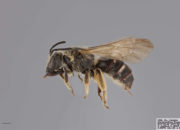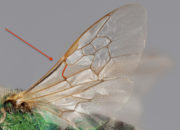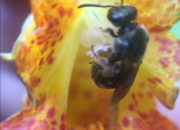This specious genus is notoriously challenging to even the most accomplished bee researchers. Active through the whole season in every habitat, these are some of the most frequently encountered bees. While a few species are distinctive, the vast majority are impossible to identify past sub-genus level from photos. Included in this genus are obligate social species, cleptoparasites, flower specialists, log nesting, and ground nesting species. They are the hosts for most species of Blood Bees (Sphecodes).
Genus-level ID
Species-level ID
Though species-level ID is very challenging, many individuals can be quickly assigned to a subgenus, or group of subgenera. The following 3 categories split out relatively well.
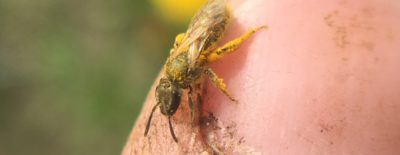
Small and metallic (subgenus Dialictius)
The most specious and hardest subgenus to ID. They are all small (<8mm) and have some level of metallic shine.
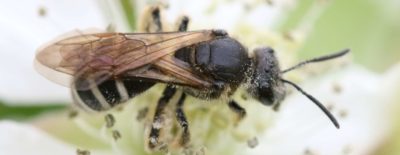
Large with white hair bands (primarily subgenus Lasioglossum)
More similar to Furrow Bees (genus Halictus) than other Lasioglossum. Image courtesy Michael Veit
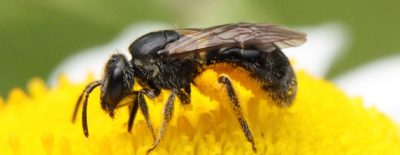
Variable size, all black (several subgenera)
Roughly a dozen species, including two uncommon flower specialists. Image courtesy Michael Veit
Specimen photos with dark gray background are courtesy of Margarita Miklasevskaja at PCYU with funding from NSERC-CANPOLIN.
